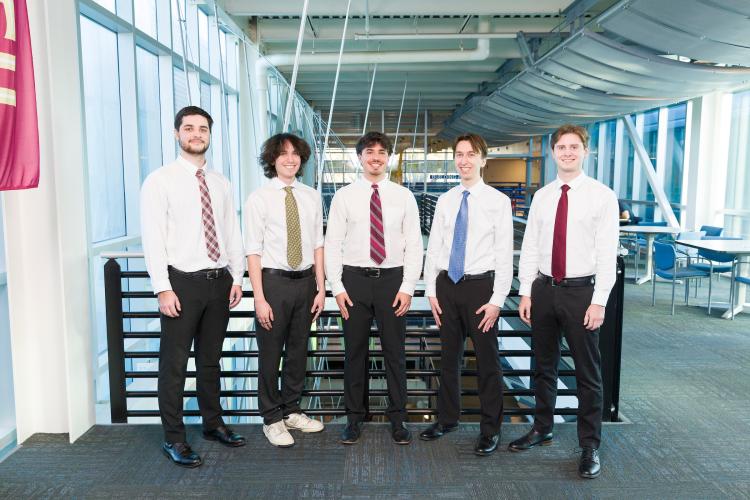
Green propellants are a new rocket fuel that is safer and stores more energy than commonly used fuels. To further research on green propellants, testing must occur during active fuel use. NASA Marshall Space Flight Center conducts this research using thrust stands that measure force and temperature of fired propellant. Current flaws in NASA’s thrust stand cause imperfect data collection and material wear. We worked to design an improved thrust stand.
After considering many ideas, we created a final design using a force sensor to measure thrust. We included a weight setup that set a data zero before firing to improve accuracy. The design also includes a flame bucket to control heat, a secure frame to reduce shaking, and stabilized fuel lines. We added connection points for sensors to help record precise data.
To validate our design, we ran modal tests checking for vibrations that could affect readings and thermal tests studying heat distribution. Results showed our stand effectively protects the sensor, with thrust data accurate within 0.01 N. We developed an error-checking program to improve force data quality.
The stand is designed for easy disassembly and cleaning, preventing rust and extending lifespan. When assembled, it’s lightweight and portable. By improving thrust data quality, our project advances green propellant testing and supports the future of space travel and rocket research.
Jeffrey Hill, Aidan Hoolihan, Nicholas Jensen, Ryan Kaczmarczyk, Michael Zapert
Alexandre Berger, Ph.D.
NASA - MSFC & JSEG
Spring
